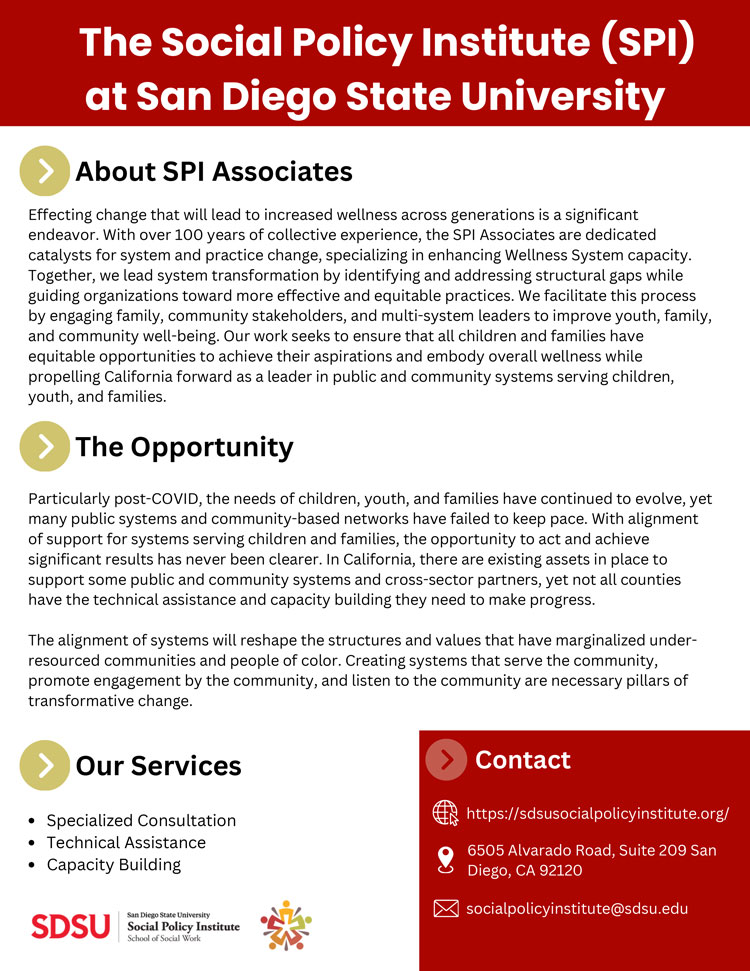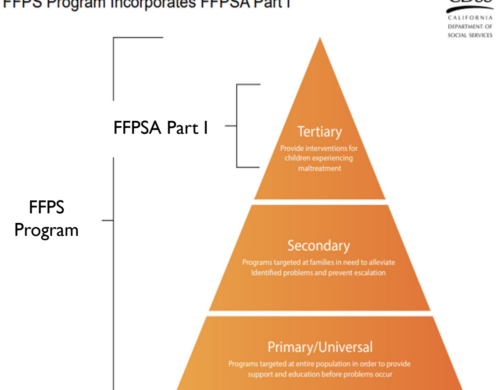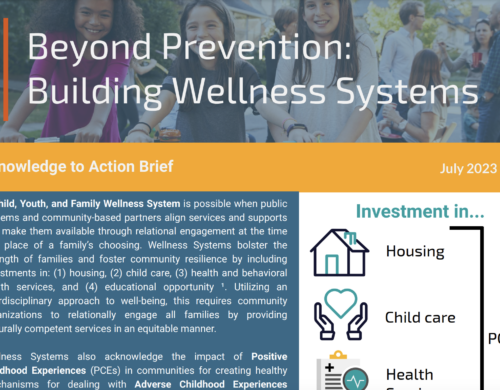Wellness Systems and Capacity Building in Action
![]()

Wellness System Capacity-building refers to enhancing the abilities, skills, resources, and overall capability of individuals, organizations, or communities to create and sustain a system of care for children, youth, and families. This involves a holistic approach that integrates physical, mental, emotional, and social determinants of health components.
Wellness System Associates At Work
SPI Associates are seasoned professionals, dedicated to catalyzing system and practice change to enhance Wellness System capacity. They lead system transformation by identifying and addressing structural gaps, guiding organizations toward more effective and equitable practices.
 To improve youth, family, and community well-being, the process is facilitated by:
To improve youth, family, and community well-being, the process is facilitated by:
- engaging family,
- community stakeholders, and
- multi-system leaders
The SPI Associates provide:
- specialized consulting services,
- technical assistance, and
- capacity-building services to align and support public and community systems serving children, youth, and families, leveraging existing assets in California to drive equitable, statewide transformation for under-resourced communities and people of color.
County Highlight
In Tulare County, the WS Associates Team works to:
- Identify champions for change through active engagement and relationship building within local government and the community.
- Highlight opportunities for connecting and aligning current work efforts in service to wellness system building.
- Coach Leadership on the importance of why and the power of inspiration.
Here are some key strategies and elements involved in wellness system capacity-building. By focusing on these strategies, individuals and organizations can effectively build capacity for wellness, leading to healthier and more resilient communities.
1. Education and Training
ICPM Training and Workshops: The statewide Integrated Core Practice Model (ICPM) can be adapted to your county and training and workshops can be effective strategies to address county-wide policy and practice change.
ICPM Communities of Practice: To support implementation of ICPM and ensure transfer of learning, Communities of Practice can be implemented.
2. Resource Development
Toolkits and Guides: SPI creates and disseminates resources that offer practical advice and strategies for implementing wellness practices. Explore samples of SPI’s toolkits here.
Access to Information: Easy access to up-to-date information on wellness systems is facilitated by SPI through websites, apps, or printed materials. Review recent blog post on the Children’s Bureau’s “Addressing Racism and Inequity in Child Welfare” free learning modules
3. Community Engagement
Lived Expertise Co-Design: Facilitate groups where individuals can share experiences, offer support, and build a sense of community.
Continuum of Engagement: SPI supported United Parents to develop a Parent Engagement Toolkit that helps organizations move from “Power Over” to “Power With”.
4. Policy and Organizational Culture Changes
Healthy Workplaces: Implement policies that promote a healthy and productive work environment
Infrastructure Improvements: Enable organizations to alter established processes in favor of improved efficiency and productivity. View SPI’s “Effective Notetaking for Teams”
5. Partnerships and Collaboration
We know that services are most effective when everyone is involved – from the policymakers to front-line staff to the communities they serve. Unfortunately, health and human services agencies are not always informed by key stakeholders’ perspectives.
6. Monitoring and Evaluation
Data Collection: Regularly gather data on wellness initiatives to assess their effectiveness and identify areas for improvement.
Feedback Mechanisms: Use surveys, focus groups, and other tools to get feedback from participants and stakeholders.
Across the lifespan, everyone is safe, educated, healthy and well.
Measuring Success
To measure the success of wellness capacity-building efforts, we consider the following metrics:
Participation Rates
The number of individuals engaged in wellness programs.
Health Outcomes
Improvements in physical and mental health indicators (e.g., reduced obesity rates, lower stress levels).
Behavioral Changes
Increases in healthy behaviors such as regular exercise, healthy eating, and stress management.
Satisfaction and Feedback
Positive feedback from participants about the programs and initiatives.



